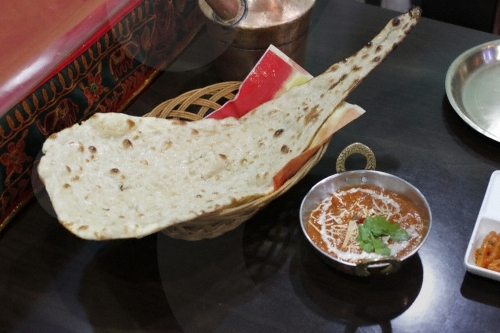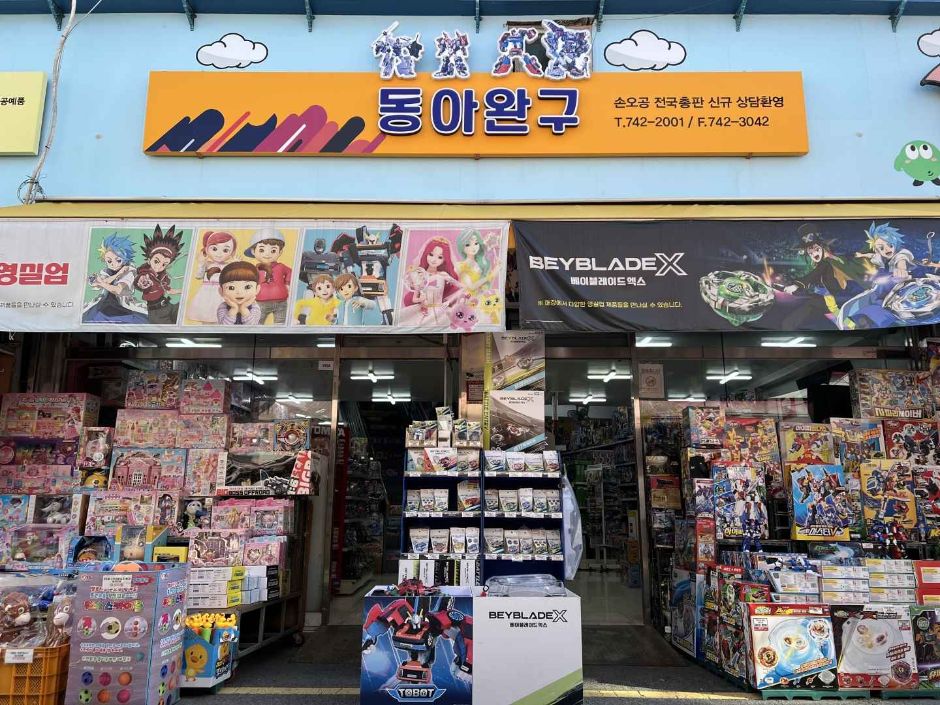Everest (에베레스트)
2.4Km 2019-09-02
2-1, Jong-ro 51ga-gil, Jongno-gu, Seoul
+82-2-766-8850
Nepal is located in the southcentral region of the Himalayan Mountains between India and Tibet, accounting for its diverse mixture of both country's cultures. Restaurant Everest allows guests to enter this culturally diverse world by offering cuisine from Nepal, India, and Tibet. In addition, Everest is operated by a Nepali owner, serving affordable food to tourists and students interested in the culture of Nepal. Customers can learn of the traditional food and culture of Nepal while listening to Nepali music and watching movies. The restaurant also provides a seminar area for various meetings.
Seongbuk-dong Jip (성북동집)
2.4Km 2021-03-29
4, Seongbuk-ro 24-gil, Seongbuk-gu, Seoul
+82-2-747-6234
This restaurant in Seongbuk-dong is famous for its Kalguksu (chopped noodle soup) and dumplings. This restaurant's signature menu is noodle soup. This Korean dishes restaurant is located in Seongbuk-gu, Seoul.
Donga Stationery (동아완구)
2.4Km 2024-10-08
5 Jong-ro 52-gil, Jongno-gu, Seoul
Suyeonsanbang (수연산방)
2.5Km 2024-07-19
8, Seongbuk-ro 26-gil, Seongbuk-gu, Seoul
Suyeonsanbang, a traditional Korean tea house located in Seongbuk-dong, was originally the house where the late Korean author Lee Tae-Jun wrote many of his books. Now, his estate has opened Suyeonsanbang’s doors to the public in the form of a charming and peaceful tea house. Famous for its savory tea, beautiful nature, and rich history, Suyeonsanbang has been covered by a variety of foreign media outlets like NHK (Japan), BBC (UK), French TV channels, and numerous Japanese magazines. To take a break during the summer heat, visitors come to Suyeonsanbang to try their patbingsu (shaved ice with red beans), one of its summer specialties. So come relax and be inspired in this traditional Hanok tea house.
Parque Jangchungdan (장충단공원)
2.5Km 2021-07-02
Dongho-ro 261, Jung-gu, Seúl
En noviembre de 1900, el emperador Gojong levanta un pequeño santuario (en el actual territorio donde se encuentra el Hotel Shilla) en memoria de los soldados que lucharon por la protección de la emperatriz Myeongseong (la emperatriz luego muere a manos de mercenarios japoneses). Durante la Guerra de Corea (1950-1953), el lugar fue destruido y solo pudo salvarse una lápida, que fue llevada hasta el parque en 1969.




 Español
Español
 한국어
한국어 English
English 日本語
日本語 中文(简体)
中文(简体) Deutsch
Deutsch Français
Français Русский
Русский